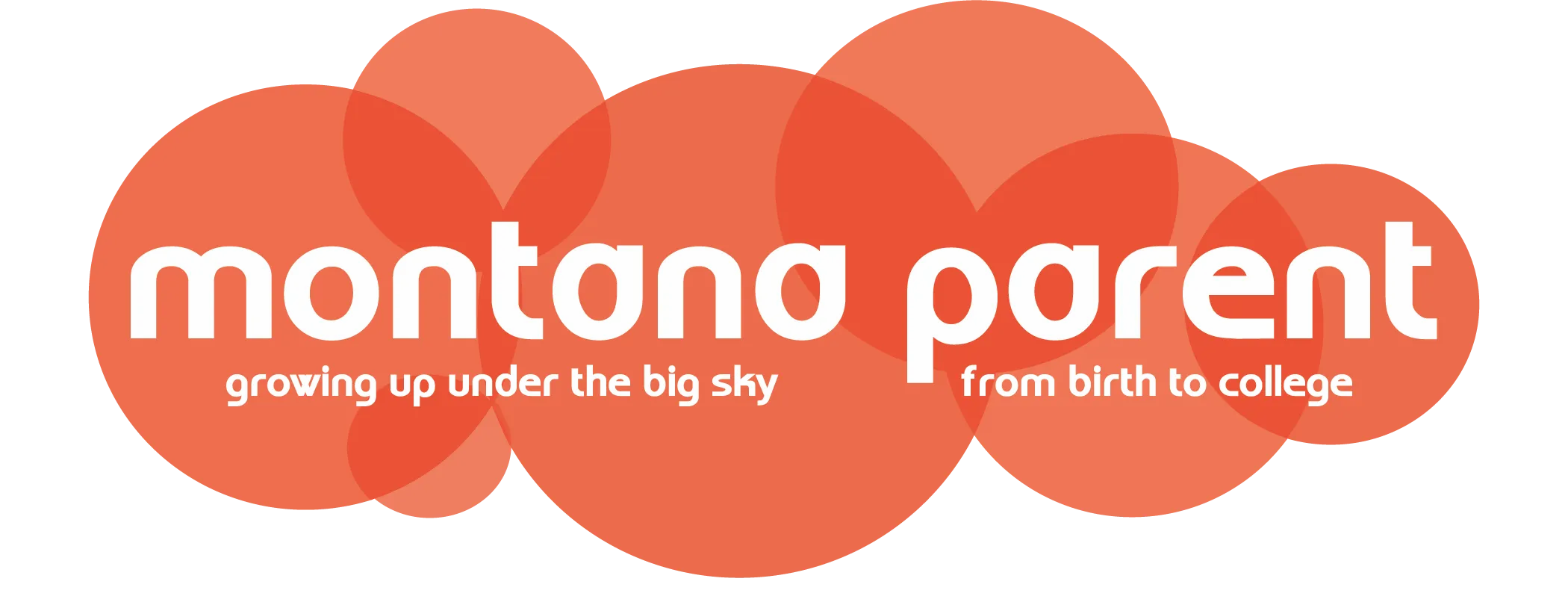Prenatal Exercise: The Dos and Don
January 22, 2013
Posted By: Shaunescy
One of the dilemmas of pregnancy and birth that many pregnant mamas face is struggling to maintain a healthy balance between what is right for your developing child, but also allows you to feel somewhat in control of your ever changing body. Maintaining fitness during pregnancy requires safe, regular, moderate exercise. If you have been on an exercise program prior to pregnancy doctors usually agree that in a normal pregnancy, it is safe to continue this routine. As with all fitness routines, but especially in pregnancy, it is important to always check with your health care provider before beginning something new.
Here are a few simple “Dos and Don’ts” for expecting mothers to help you continue your fitness program and maintain a strong and healthy body, mind and spirit for the exciting times ahead.
Do:
Exercise regularly. The benefits of regular, moderate exercise during pregnancy includes: reduced swelling, increased circulation, increased energy, and less weight gain. Labor and delivery is the most difficult physical situation I have ever experienced. Without the breathing techniques I learned in prenatal yoga, the pelvic floor exercises I practiced in Pilates, and the cardiovascular strength I gained from walking the hills of my home town, it would have been much more challenging.
Don’t:
Continue exercises that cause pain or put you at risk of falling. As your ligaments become longer and looser in preparation for labor and delivery you will experience less confident balance and increased clumsiness. I had a very a harrowing experience loosing my balance on a treadmill during the second trimester of my first pregnancy that scared me away form those machines to this very day.
Do:
Drink plenty of fluids during exercise. Although you probably visit the restroom much more frequently than you did pre-pregnancy, it’s vital to prevent dehydration, which can cause premature labor in extreme cases.
Don’t:
Restrict Calories. Your organs are working overtime to support your baby. Keep the baby and yourself healthy and strong with a balanced diet rich in vitamins and minerals.
Do:
Incorporate moderate cardiovascular exercise such as brisk walking or swimming to keep your heart healthy and your body prepared for the hard work of labor and delivery. For healthy women, the Department of Health and Human Services recommends at least 150 minutes a week of moderate-intensity aerobic activity, preferably spread throughout the week.
Don’t:
Allow your heart rate to increase to the point of lightheadedness, shortness of breath, or dizziness. According to the Mayo Clinic, heart rate limits aren’t typically imposed, but you should be able to carry on a normal conversation while engaging in aerobic exercise during pregnancy. Again, I wouldn’t recommend this on the treadmill. Too many distractions for the mama who can no longer see her feet.
Do:
Regularly exercise the pelvic floor with Kegels to prevent the leakage of urine as the baby grows - or during a cough or sneeze. These exercises will support you in labor, delivery and beyond.
Don’t:
Stop or hold your flow of urine to exercise the pelvic floor as this could create infections best avoided at all times, but particularly while pregnant.
Do:
Work the deep core muscles, particularly the Transverses abdominal which wraps around the waist like a belt deep along the spine. These exercises are best done seated and can be done in conjunction with the pelvic floor. Simply imagine lifting the pelvic floor up off the seat and synching a belt around the waist. Don’t:
Perform supine (back lying) exercises after the first trimester. According to the American Congress of Obstetricians and Gynecologists, pregnant women should avoid exercising in the supine position, especially after their first trimester. Such exercises put pressure on the largest vein in the torso and may increase blood pressure or reduce fetal blood supply.
Labor and deliver is a rollercoaster of emotions and physical challenges. I found the best way to welcome my children into the world was by making sure I was prepared for labor and paying attention to my body’s physical and mental needs to promote overall wellness and support to the body systems. As a result, I was able to recover more quickly from their births and revel in the joys of new parenthood. Wishing you the best of luck on this magical journey.
------------------------------------
© Amy Stoddart is owner of Bridger Pilates in downtown Bozeman. Information on group and private instruction in Pilates can be found online at www.bridgerpilates.com . Amy is a STOTT Pilates Certified Instructor, holds an MFA in Dance, and is the Co-Artistic Director of the Montana Ballet Company.














